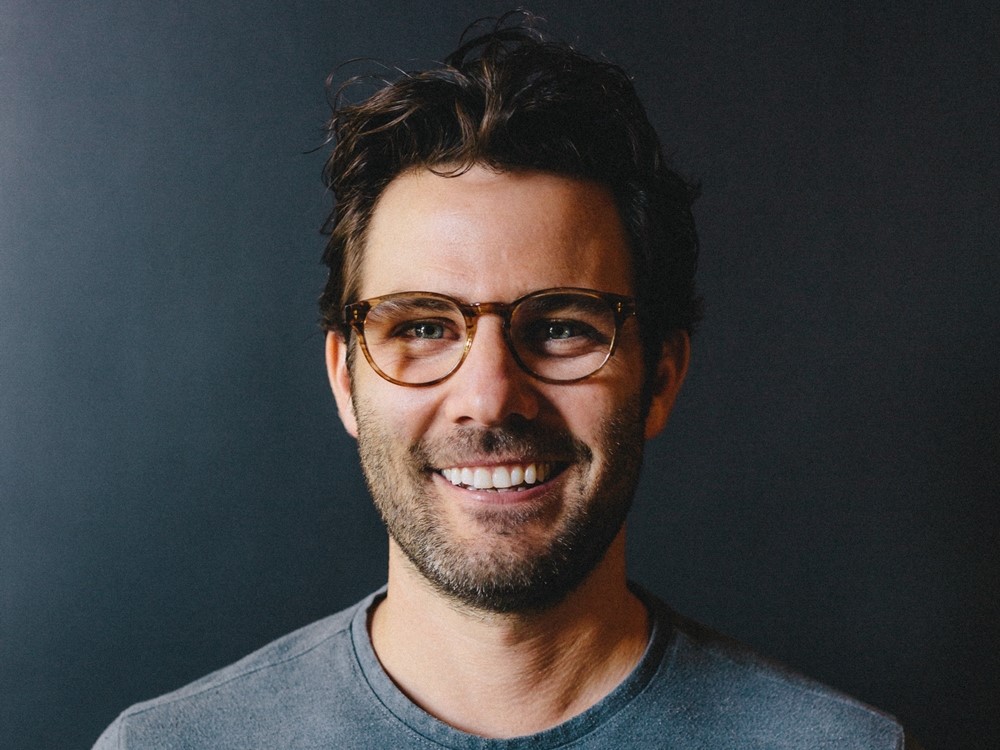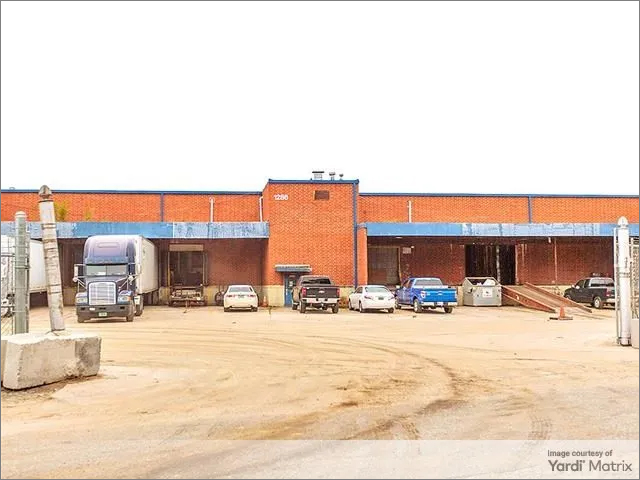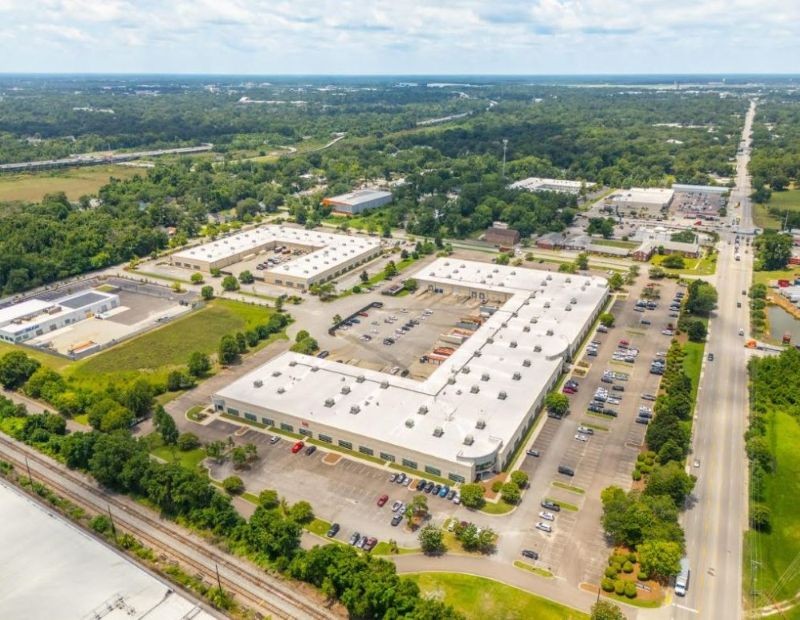Coworking Gets Creative Amid COVID-19 Crisis
Common Desk’s Nick Clark talks about ways to support remote workers during these difficult times and shares details about changes that will be seen at coworking spaces upon reopening.
The coronavirus outbreak has prompted companies to rethink their business strategy as the shift to remote work proved to be the best way to keep employees safe. This temporary change will likely become a widely accepted alternative in times of social distancing. Providing the suitable means for sustaining business development through human connection and flexibility, coworking can play a key role in supporting working professionals during these difficult times.
Texas-based coworking operator Common Desk launched a virtual, donation-based offering to help those working from home. Commercial Property Executive reached out to Nick Clark, founder & CEO of Common Desk, to explain how coworking businesses can meet professionals where they are—both physically and financially.
READ ALSO: CPE’s Coronavirus Coverage
How is Common Desk navigating the COVID-19 crisis?
Clark: We’re navigating the pandemic by prioritizing the safety of our staff and members, while focusing on what we should do, rather than what we are allowed to do. Ultimately, we’re aiming to navigate through everything, from operations to hospitality and member care.
Tell us about your company’s Work from Home membership (WFH).
Clark: We created WFH to help professionals of all kinds stay connected to a sense of community during this time of social distancing amid COVID-19. “Normal” days for most of us have been turned upside down by the coronavirus. This new virtual coworking membership is designed to meet the digital workforce where they are and provide all types of professionals with a sense of human connection, a plethora of resources, access to dedicated support, genuine words of encouragement and new friendships, as we go.
The price of the membership is a pay-what-you-can concept and new members have the ability to pay our recommended price of $75 per month or just $1 if that’s all they can swing right now. We know that times are hard and WFH is our way of meeting people where they are and coming alongside them with the required resources, while practicing distancing.
How successful has the program been?
Clark: It’s going really well! We’ve seen steady growth of new WFH members joining, both locally and in states outside of Texas, but our main success with the membership has been using it to continue to bring value to preexisting members while we’re away from our spaces.
Our Slack community is active the entire week, buzzing with the sharing of at-home tricks of the trade, good news, helpful articles, funny GIFs and community updates. We have five “social distancing clubs” that launched alongside WFH, as well as a roster of around 10 virtual community events per week.
What other strategies are coworking providers applying in order to keep their businesses afloat?
Clark: Many coworking companies like ours were already offering enterprise solutions before COVID-19 struck, but being able to provide distance-friendly solutions for small, mid-size and growing teams will be a key real estate strategy for any coworking provider moving forward. Now that most industries have proven remote work is possible for their employees, we anticipate the need for flexible space—both in the context of term length and physical layouts—to rise, as enterprise teams adjust their day-to-day operations over the next year.
READ ALSO: How Office Design Will Change
How do you see the coworking sector evolving during and after the pandemic?
Clark: Coworking was born out of an economic downturn and the pandemic has proven that the resilience the industry started from is very much still alive. We believe coworking will shift—just as every industry will because of the pandemic—but we believe it will shift for the better.
Tell us about the company’s strategy for operating its spaces as the economy reopens. What changes will you implement?
Clark: Our approach to carefully reopening will take place in stages that vary per market, much like our approach to navigating the initial transition to a shelter-in-place structure. We believe the next few months will look like a gradual shift between said stages and we will continue to use expert advice, science, data and best practices to guide our decision-making.
We’re choosing to follow a tiptoe vs. foot-race method to get back to “normal” operations of our spaces. If the global pandemic has taught us anything, it’s the importance of malleable systems, careful planning and confidence-building for both our staff and members.
To quickly summarize operational changes that will be seen upon reopening, members can expect one-way hallways, wayfinding and protocol signage throughout the space to remind them of distancing and new safety measures, the wearing of masks while moving around shared areas, distanced desks, fewer seating options, fewer shared amenities, at first—they’ll gradually return as the number of local infections continues to decline—and hourly routine cleaning procedures combined with deliberate cleaning of high-touch areas, overnight deep sanitizations of every space and the continuation of virtual community events.










You must be logged in to post a comment.